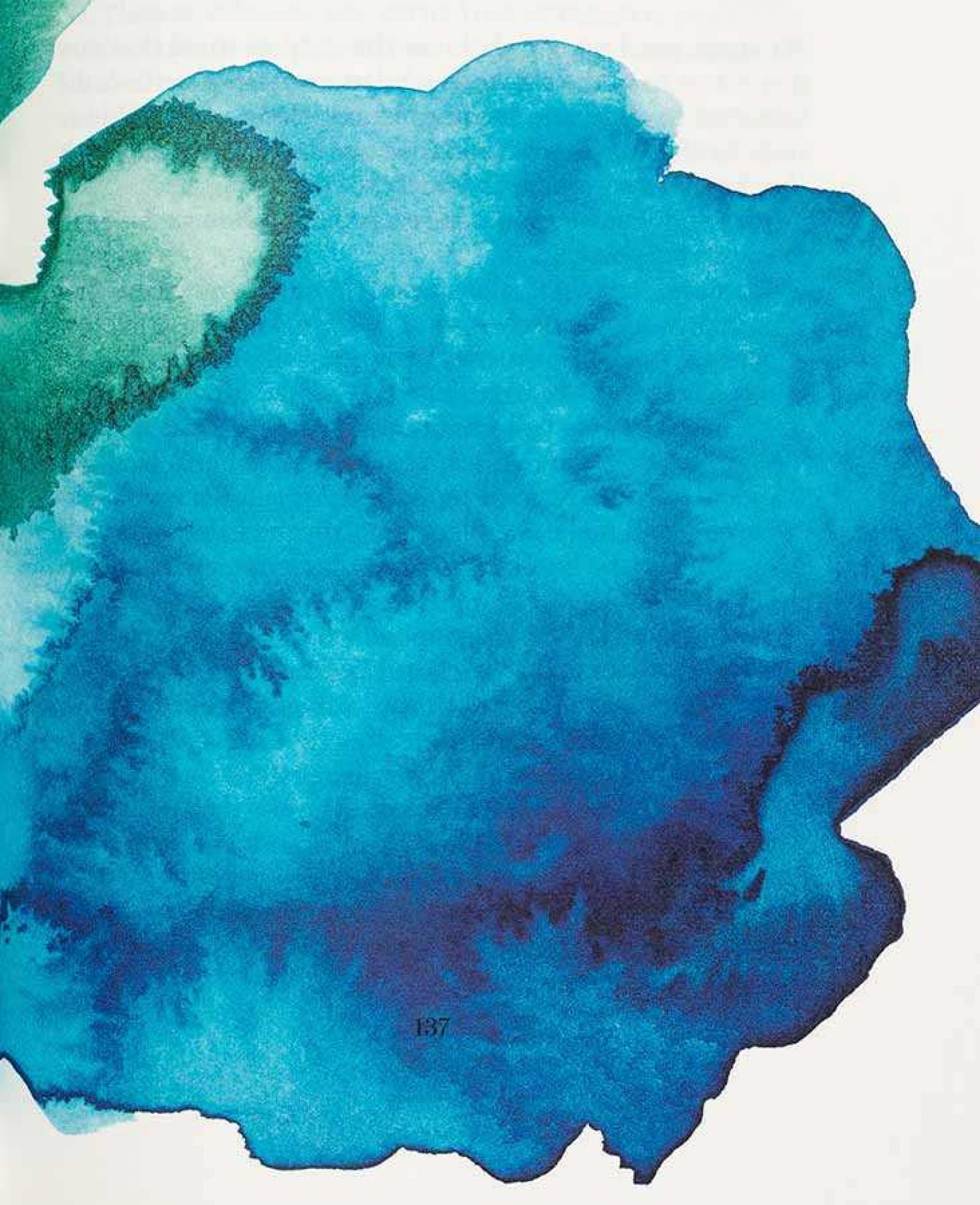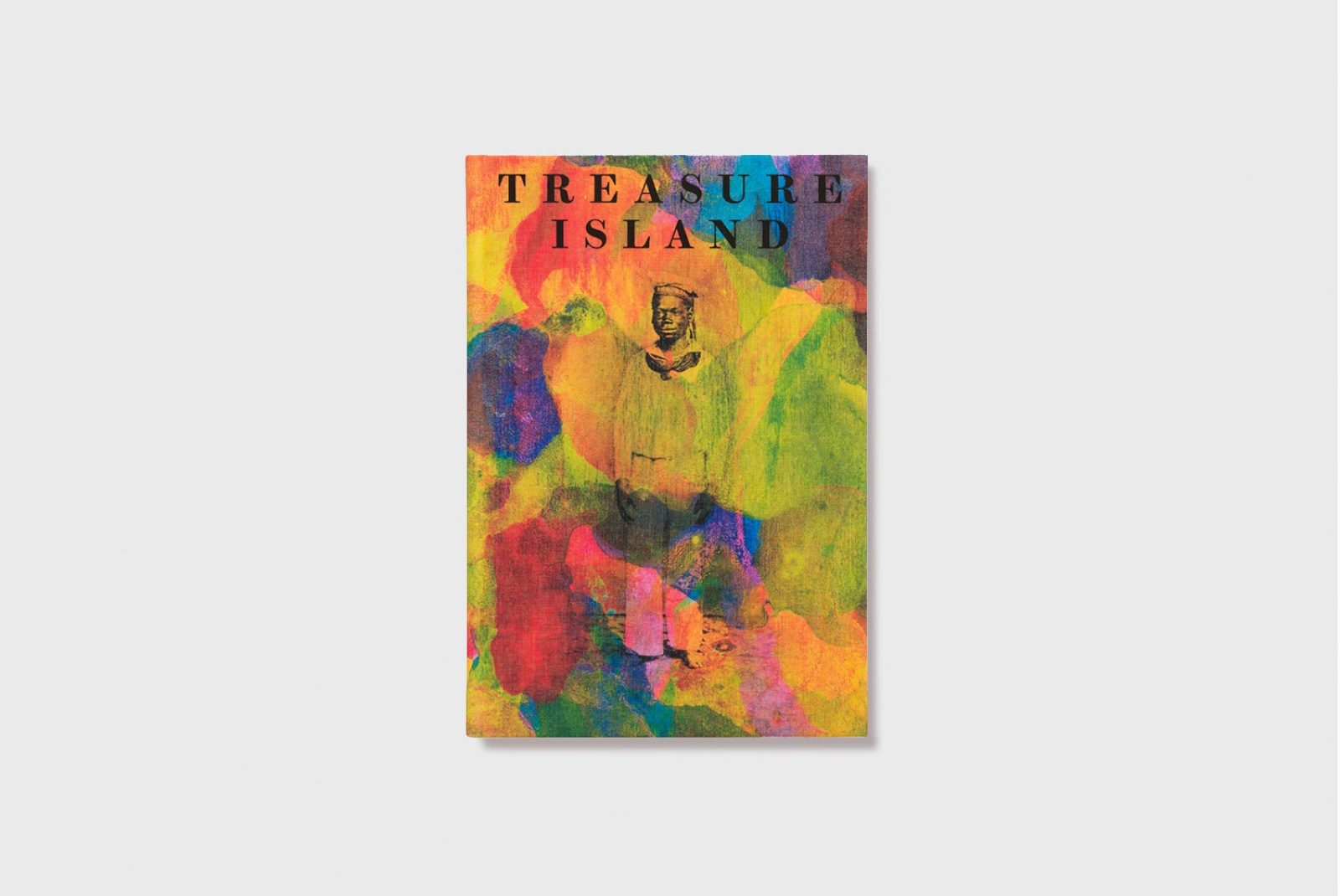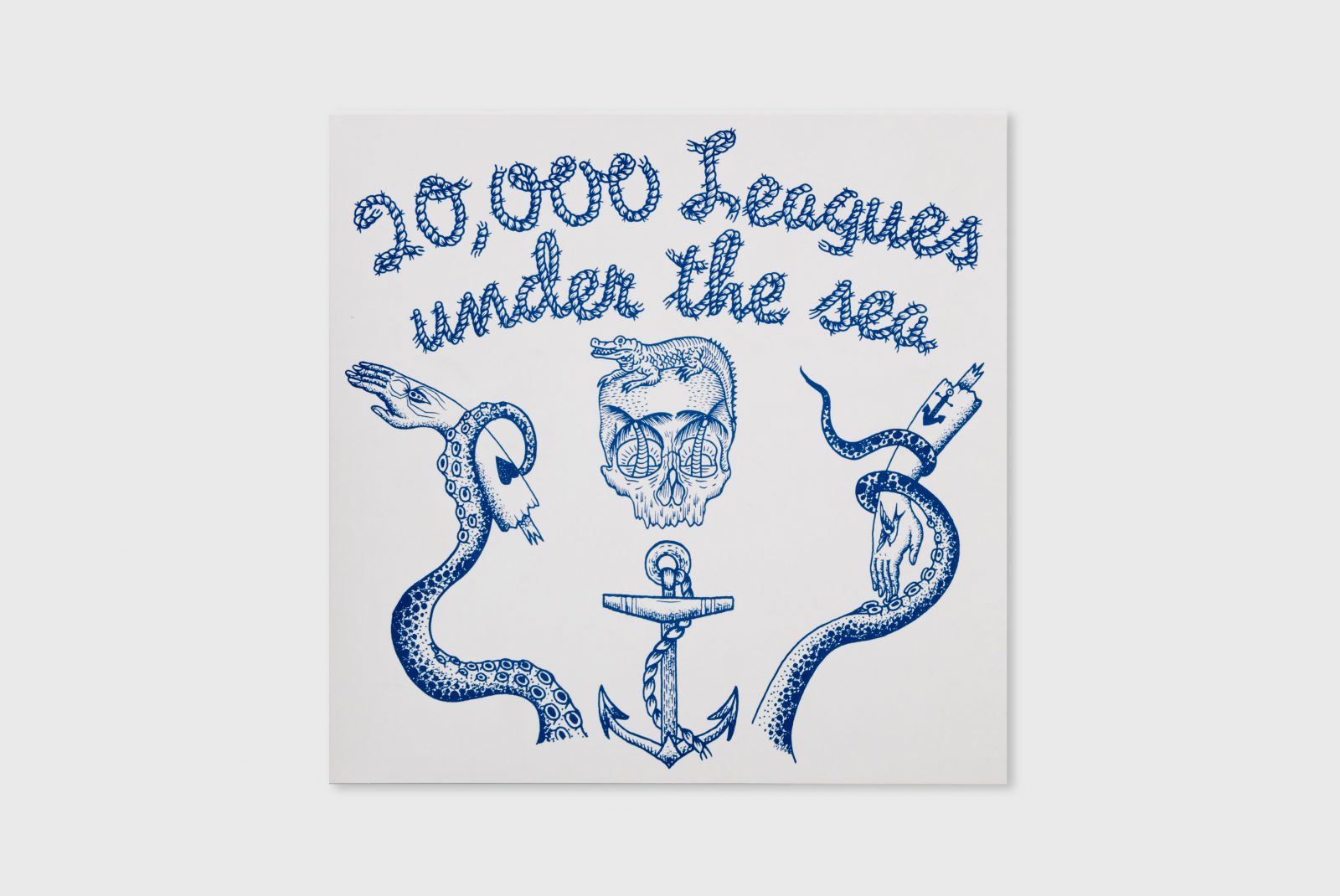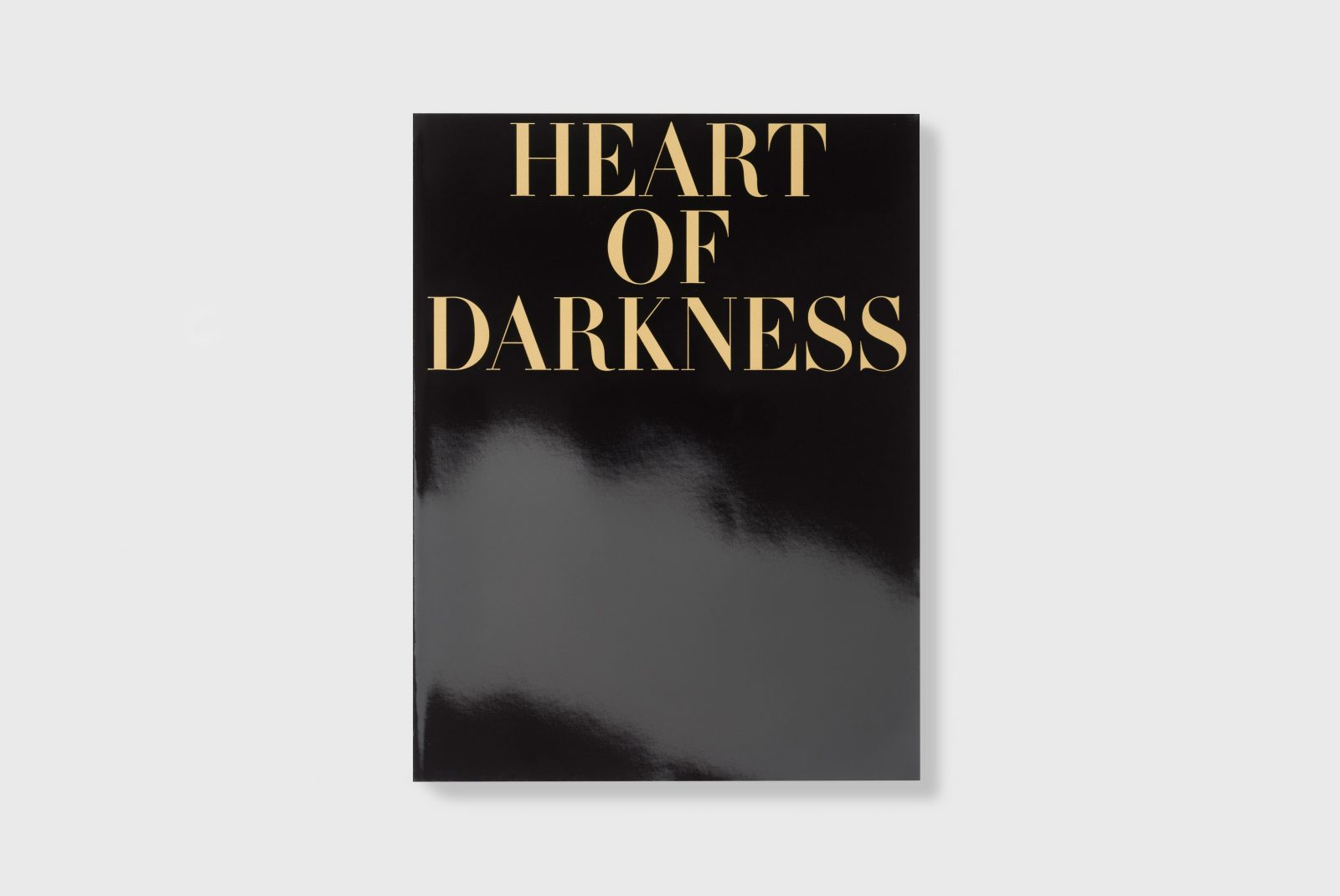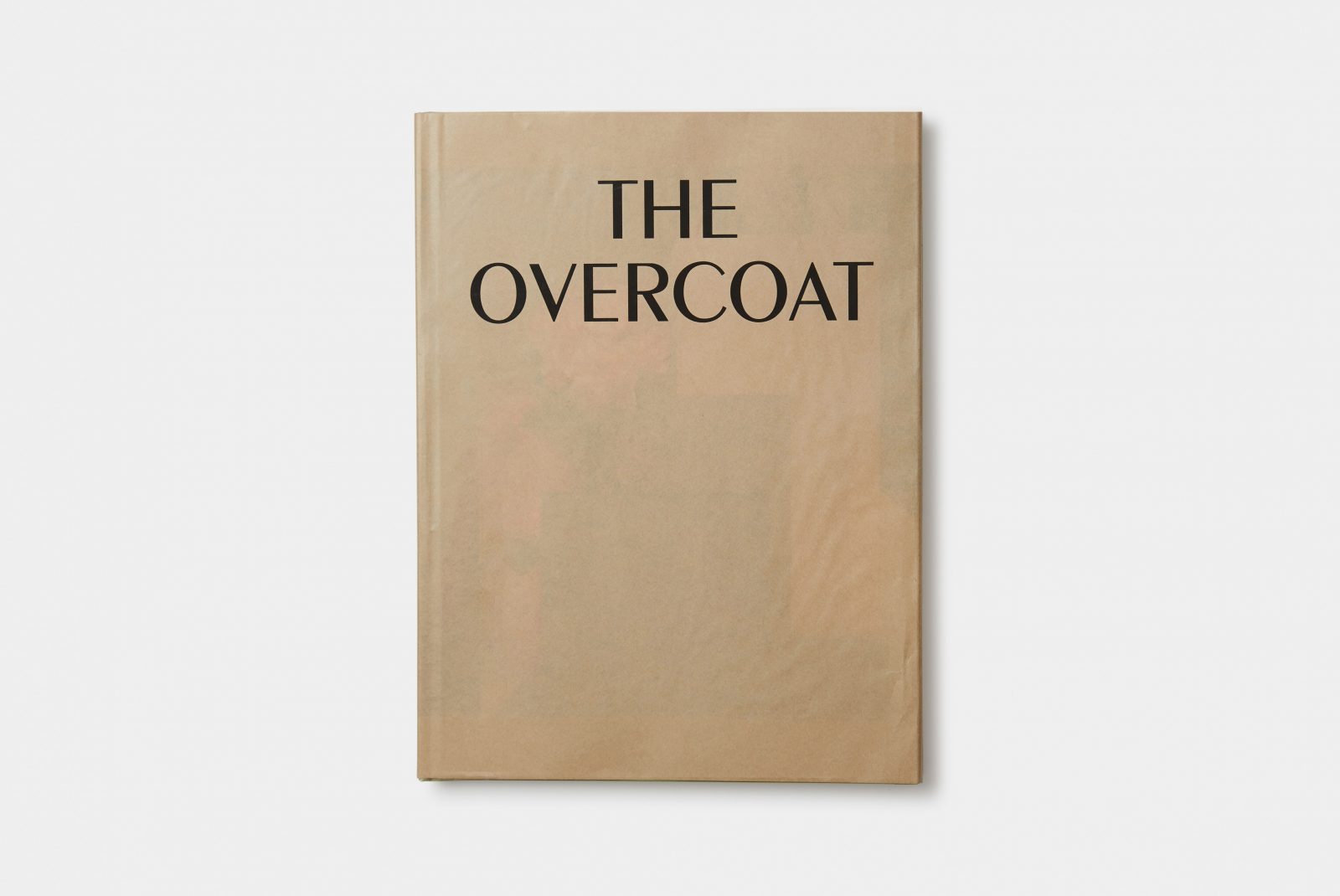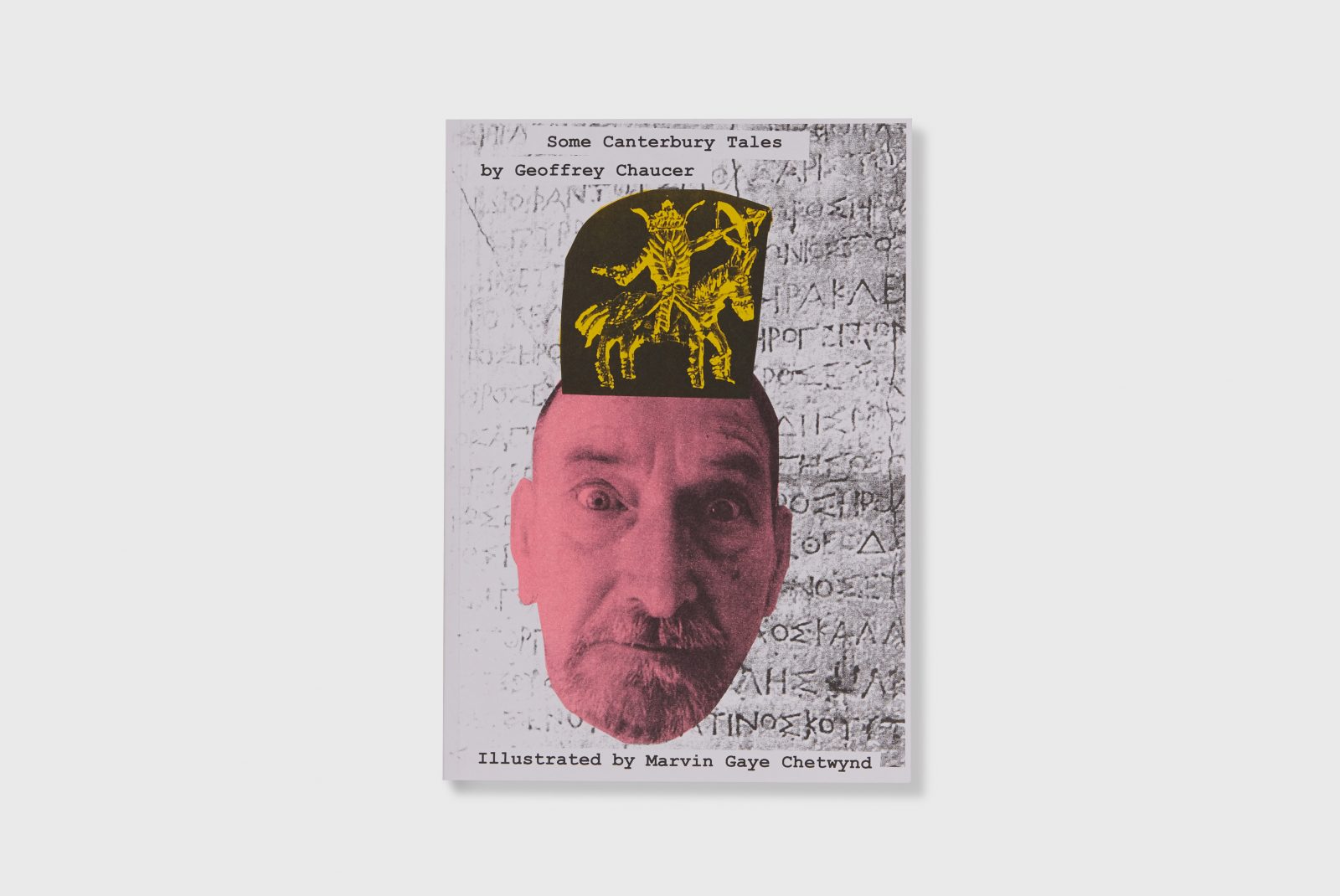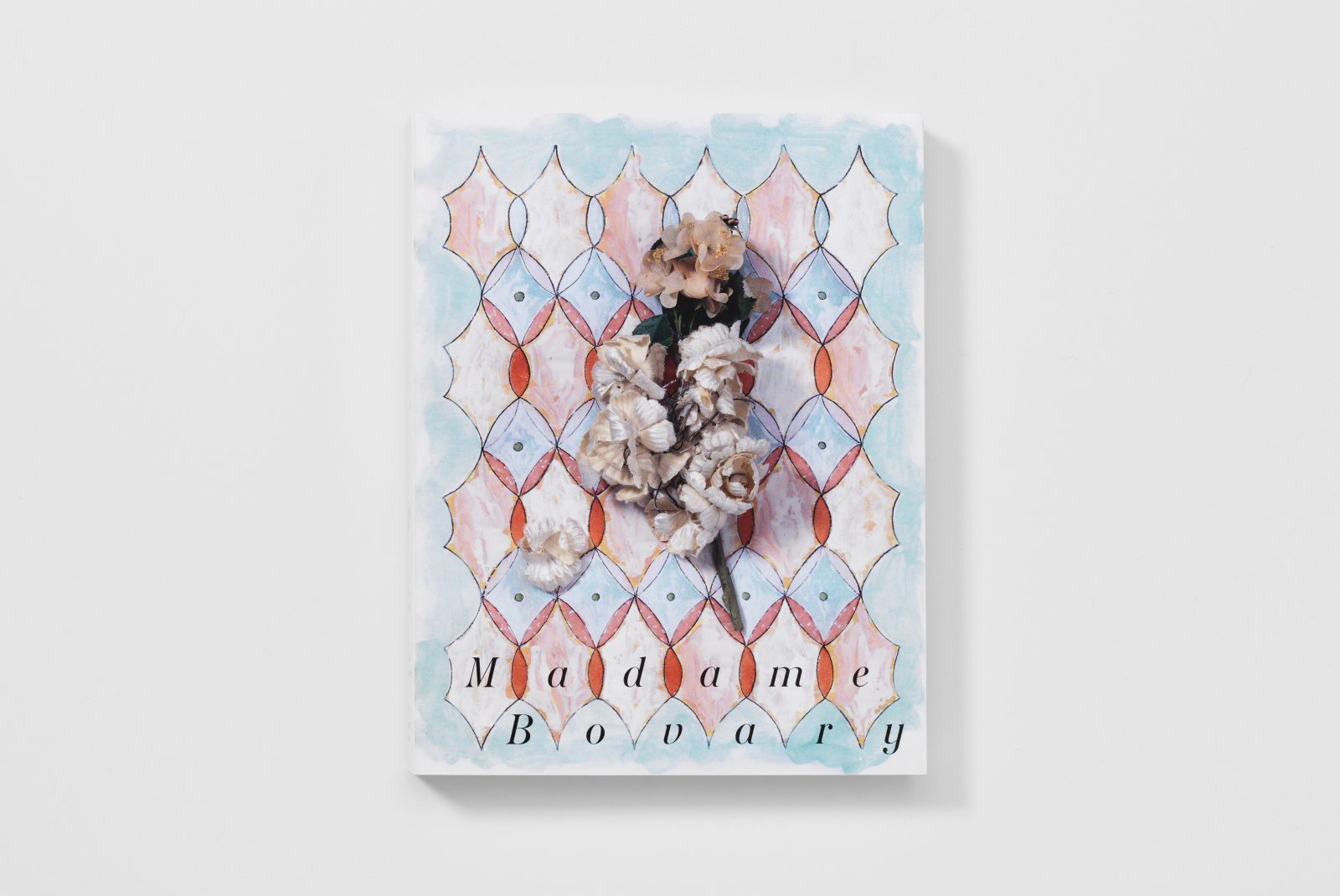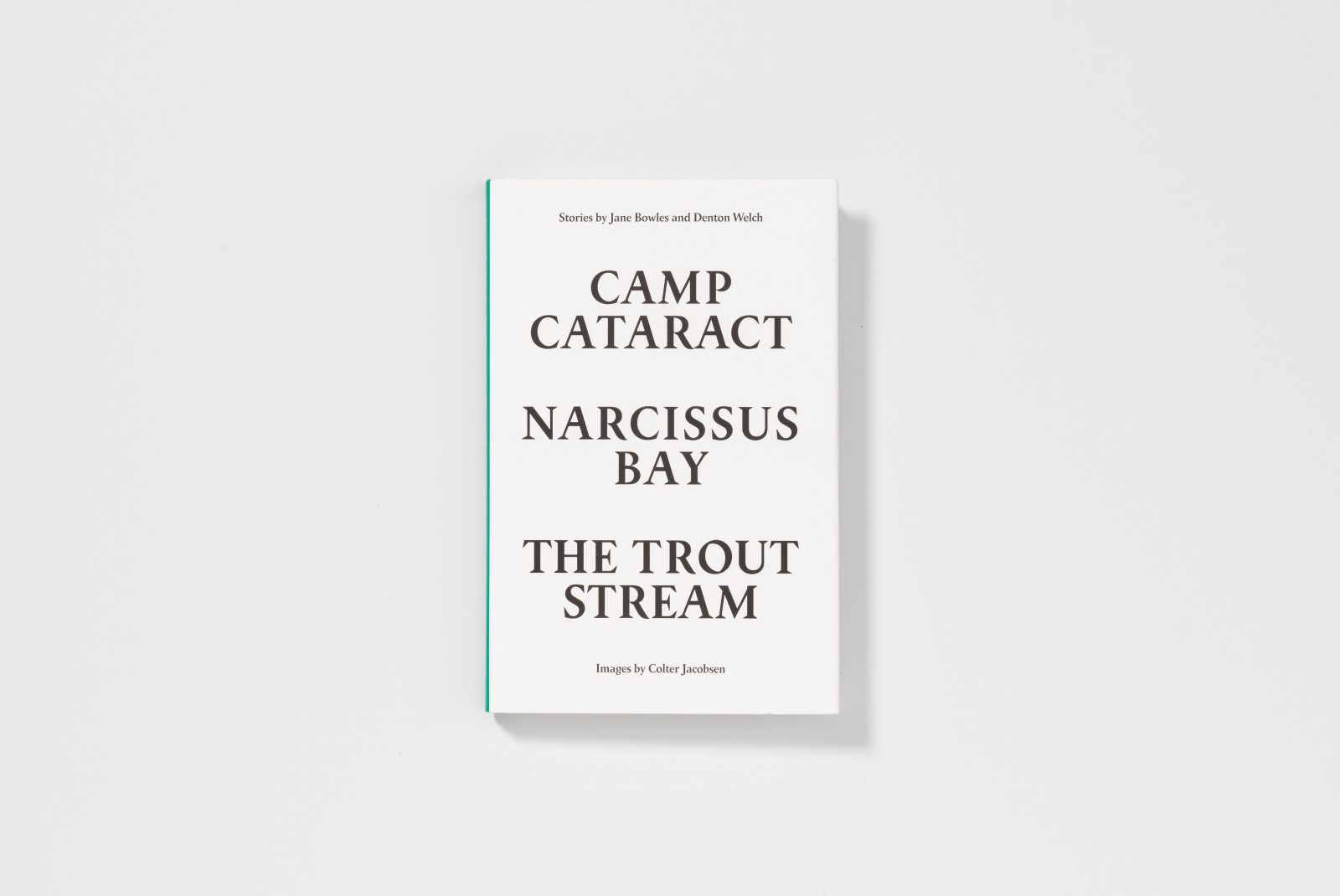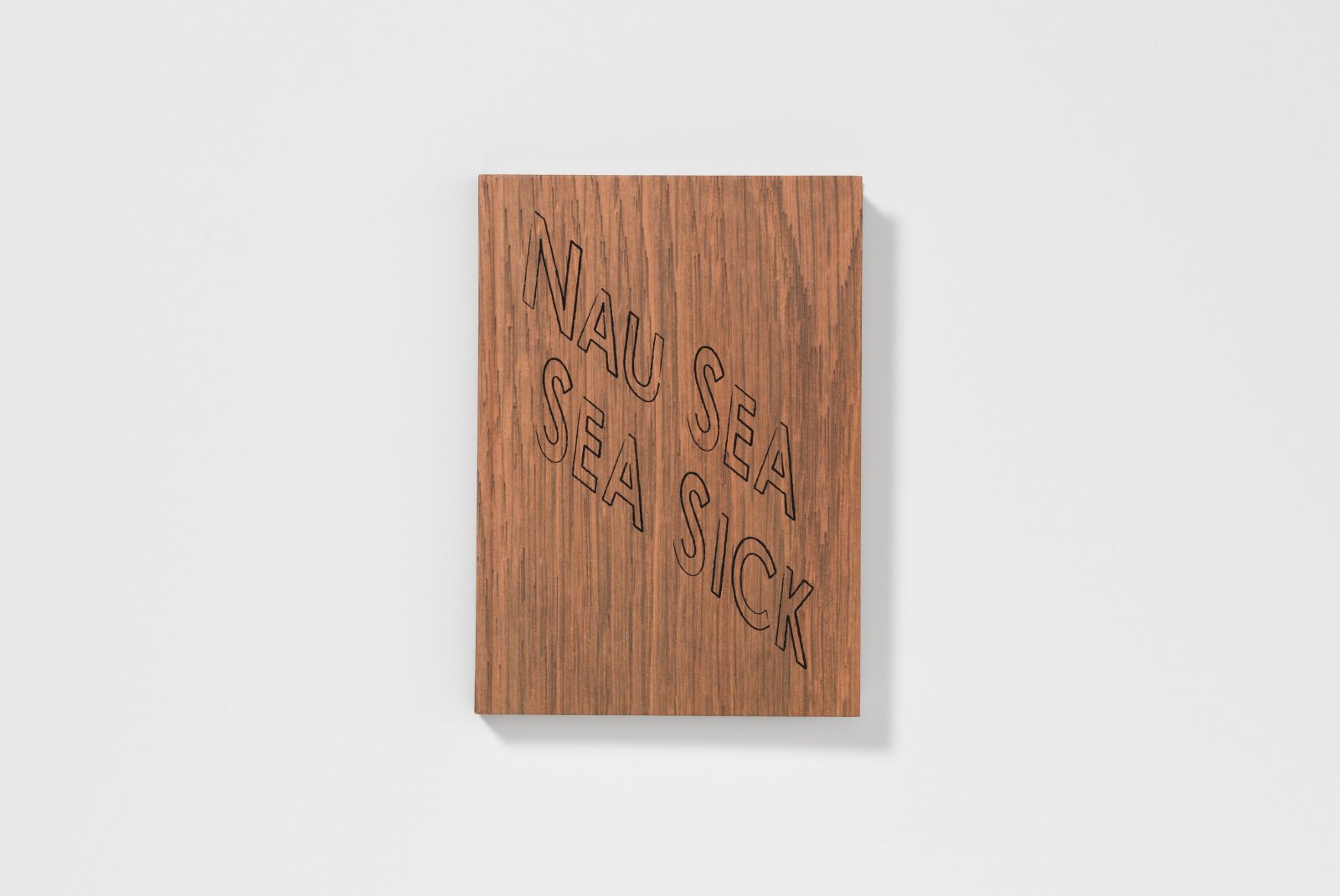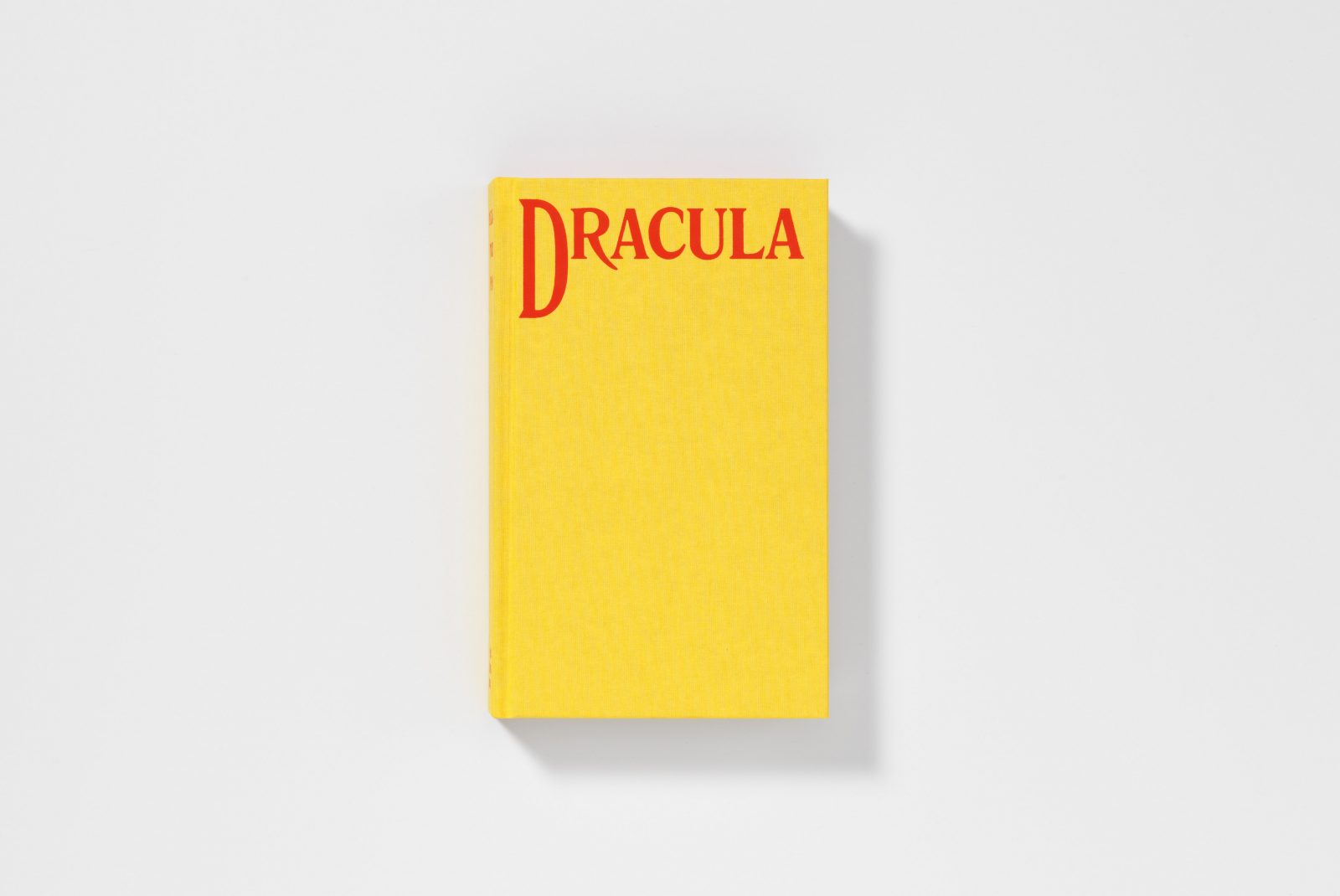Heritage consultant S. I. Martin reflects on Robert Louis Stevenson's account of piracy and the Caribbean in Treasure Island.
Although set in the mid-18th century, Robert Louis Stevenson's Treasure Island harks back to the 'Golden Age of Piracy' (1670-1730). During that period the reality and romance of the pirate was deeply embedded in British culture. In the early 1700s the Royal Navy possessed less than 1,800 ships. More than 400 pirate vessels plied the Atlantic and Indian Oceans. Whilst, on one hand, these corsair fleets occasionally disrupted commerce and national polity, as mercenaries and privateers, they were simultaneously in the vanguard of imperial policy and, above all, responsible for the early spread of slavery across much of the Americas.
By the 1880s the status and function of the pirate in the national imagination was due a rebrand. A burgeoning empire demanded new myths. Stevenson's repurposed pirates permitted readers of every age and class to access new identities within the imperial dream. Who better than the buccaneer to channel these visions? Then as now they appealed to all sensibilities. They can appear as commoners or aristocrats, democrats or tyrants, working-class heroes or libertarians, innocents or cheats. They embodied every colonial conceit. Within a couple of years, Treasure Island had managed to recast pirates more as folk-heroes than folk-devils.
With its focus squarely on a quest for buried gold, Treasure Island sidesteps issues of globalised racist depravity and enters a body of Victorian adventure fiction in which non-White people and the places they inhabit function as a backdrop for a White British performance of character building, resource acquisition and masculinity. Stevenson's Caribbean is a tropical zone almost unpopulated by non-White people. Long John Silver's wife is referred to as a woman of African descent, but never appears in the book. Apart from a handful of vague mentions of 'natives', 'the good-humoured faces of blacks' and the fleeting presence of 'Indians and half-bloods' there is no indication at all that Jim Hawkins' adventures are taking place amidst the largest forced migration in human history. This is a place of intra-European narratives. Victorian readers were given to understand that the planet was their playground. This perspective would persist into the age of film when a slew of popular pirate-themed films - Captain Blood, (1935), The Sea Hawk (1940), The Crimson Pirate (1952) - would be positioned in similarly whitewashed West Indian settings. Stevenson created a strange and largely unchanged Caribbean stage which impacts our views of piracy, colonialism and above all, the trade in human lives across the Atlantic.
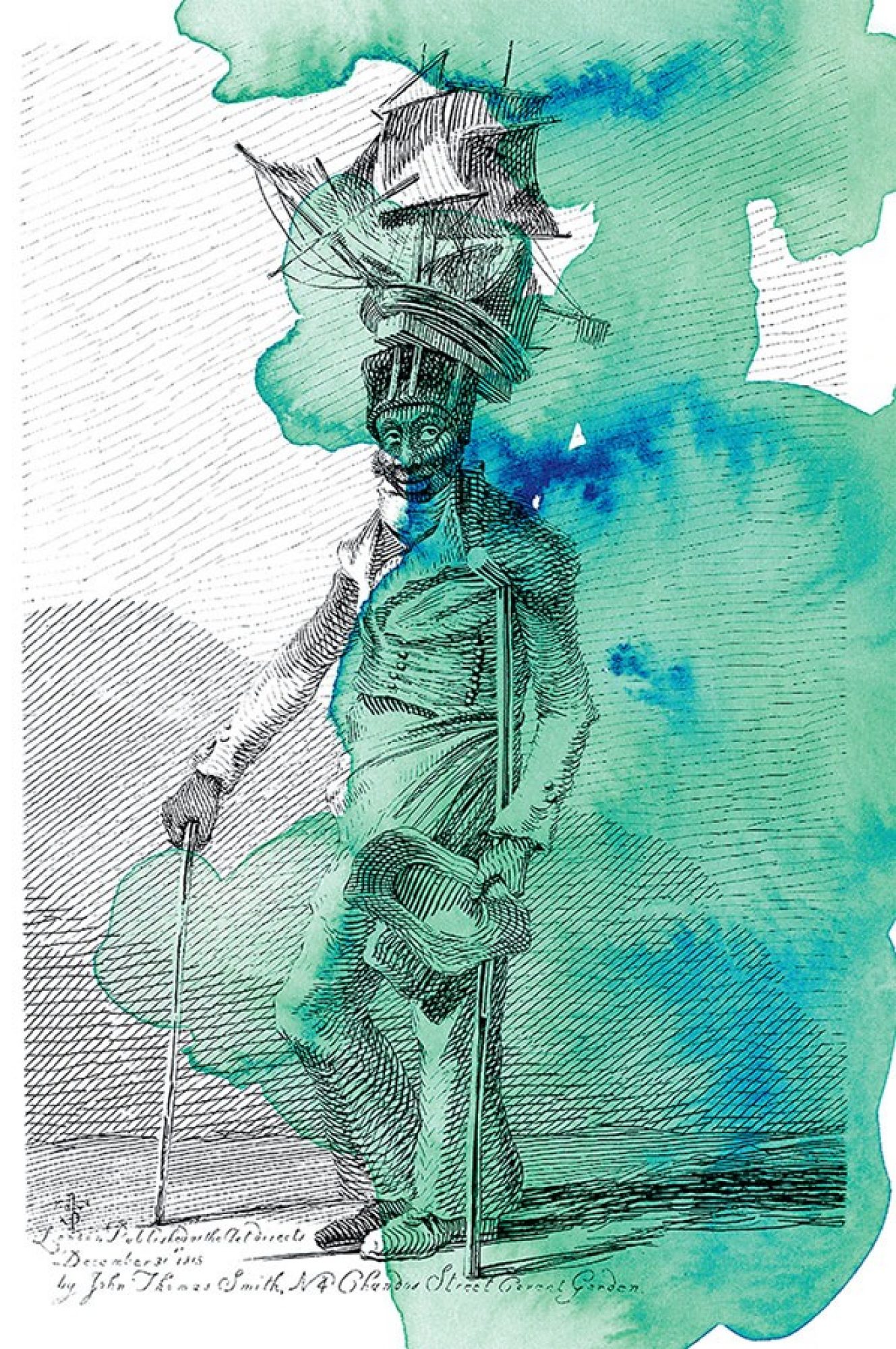
Art by Shiraz Bayjoo from Treasure Island. The image features a portrait of merchant navy sailor turned street singer, Joseph Johnson, from a set of prints published in 1815 by John Thomas Smith.
The Atlantic world of the early 1700s was the cradle of the modern world. Amidst the markets in human lives, gold, silver, tobacco, sugar and textiles, ideas of race, nation and capitalism were created and reinforced. Pirates were central to these developments. Sir John Hawkins, England's first high-profile slave trader also had a lucrative career as a privateer. Privateers were pirates in all but name. They held licenses permitting them to attack the shipping of enemy countries. A cut of the prizes taken would be paid to the issuing government. In such a role, Hawkins interfered with Spanish shipping. This included the taking of slave ships and the sale of their human cargoes. Following Hawkins' slaving expeditions of the 1560s he was granted a coat of arms the central feature of which was a bound African. Out of these voyages the Triangular Trade was established.
Sir Francis Drake also dabbled in piracy to the extent that he was hailed as "Master Thief of the Unknown World". Not only did he plunder the Spanish Main for silver but also for enslaved Africans. In 1586 he transported 250 Africans from Cartagena to the English colony of Roanoke in North America. During his circumnavigation (1577-1580) he raided a slave ship and acquired a 'proper negro wench' who was given the name Maria. Maria would be abandoned on an island in the Indonesian archipelago after she had been 'gotten with child between the captain and his pirate crew.'
English privateers continued to capture and smuggle slaves into the Caribbean and North America into the 1600s and provided the majority of the slaves to English and Dutch colonies in the New World. The first enslaved Africans to be transported to North America arrived at Jamestown in 1619 aboard the White Lion. This ship was an English privateering vessel flying under Dutch colours.
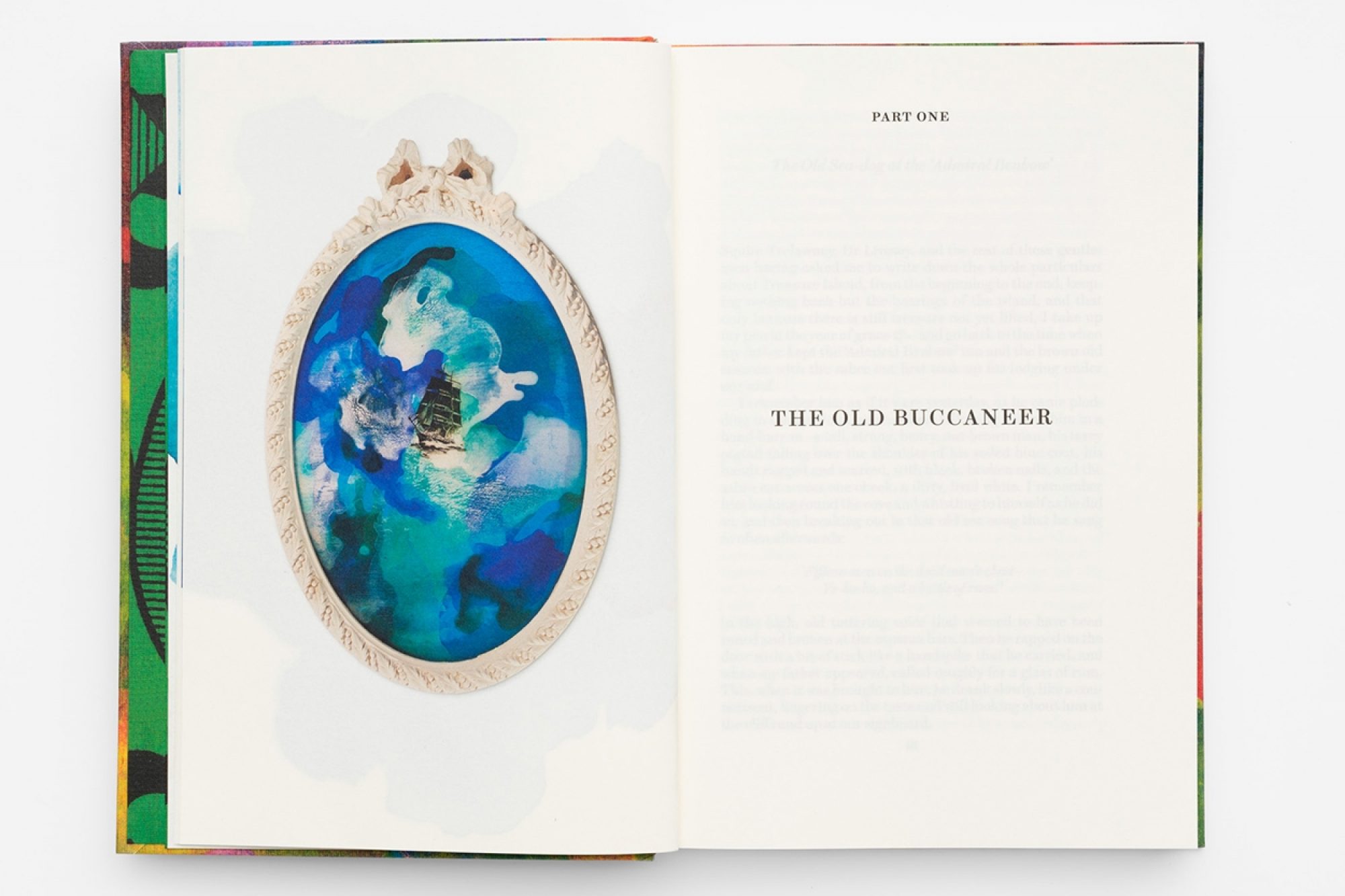
Treasure Island, art by Shiraz Bayjoo.
Barely two decades after being taken under English control, the island of Jamaica found itself under the governorship of Henry Morgan, the most notorious pirate of the period. Morgan had established himself in the town of Port Royal through his raids on the Spanish Main and the smuggling of enslaved Africans. This trade in human lives was called the 'Port Royal Speciality'. The city was known as the 'Sodom of the New World' and was the global centre of piracy until it was destroyed by a tsunami in 1692.
Extensive human trafficking led to another phenomenon of the 'Golden Age of Piracy' which is absent from Treasure Island: Black pirates. In common with the navies of European imperial powers, pirate ships and fleets had a constant demand for manpower. The superabundance of African labour (enslaved and waged) in the Atlantic world answered that need. Crewmates could be 'recruited' from the holds of captured slave ships or they could be runaways from enslavement in the colonies. Free Black men also joined these motley crews. Current estimates of the numbers of Black crewmen aboard pirate ships shows an average of 30%. Some ships are recorded as having 70% non-White personnel. This significant Black presence in no way altered the pirates intentions towards human cargoes. Pirate colonies were established to facilitate those trades in West Africa and Madagascar.
When captured White pirates would be hung in theatrical and macabre ways. Black pirates would almost certainly be sold into slavery. Those who had been runaways faced the grim prospect of being returned to those who had purchased their lives. In 1722 the Royal African Company took possession of seventy Black men belonging to the crew of the defeated pirate captain Bartholomew Roberts. They were sold.
At times it feels like the voice we need to hear most in Treasure Island was given the fewest lines. Long John Silver's parrot, Captain Flint, only squawks "Stand by to go about!" or "Pieces of Eight!". But Silver suggests a biography of the bird that speaks to the true nature of piracy.
“Captain Flint... She's sailed with England, the great Cap'n England, the pirate. She's been at Madagascar, and at Malabar, and Surinam, and Providence, and Portobello... at the boarding of the viceroy of the Indies out of Goa...” The parrot (allowing for its fantastic age) would have been witness to some of the most murderous and sordid scenes under Captain Edward England's Jolly Roger. It would have visited the grimmest human emporiums of the Indian and Atlantic Oceans and beheld routine rape and pillage on land and sea. These observations would have been too unseemly for young Victorian lovers of literature and their absence from Stevenson's work is understandable. But we only have to look at recent on-screen iterations of the lives of 'freebooting corsairs' to appreciate just how far a true picture of the pirate can take us out of our comfort zones.
S. I. Martin is an author, heritage consultant, journalist and teacher, specialising in Black British history and literature. His books include Incomparable World and Britain's Slave Trade.
